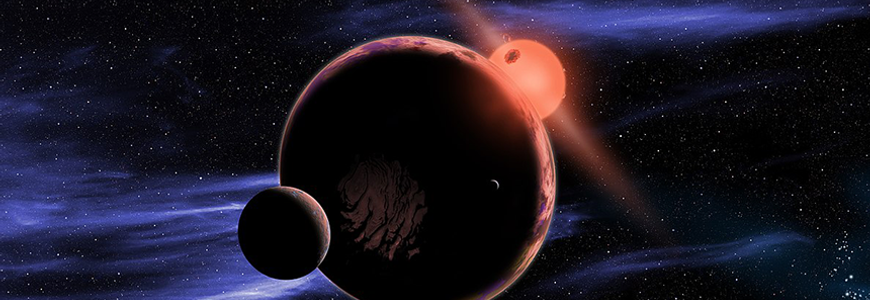Big Science from Little Stars
The Public Science Lectures
July 19, 2011 Boston University College of Arts and Sciences
Andrew West, Ph.D., Assistant Professor, Department of Astronomy, Boston University
M dwarfs (or red dwarfs) are the smallest stars in the Milky Way Galaxy. They can be 10 times less massive, twice as cool and over 1000 times dimmer than the Sun. Yet despite their diminutive physical properties, these stars account for about 70 percent of all of the stars in the Milky Way. More important, they provide crucial information about the structure and evolution of our Galaxy. And M dwarfs are major targets in the search for habitable planets.

Professor Andrew West explains the importance of these dwarf stars for modern astronomy: how their structure, kinematics, and magnetic fields add up to "big science." He describes the findings of major M dwarf studies from the Sloan Digital Sky Survey, which has assembled the largest collection of M dwarf samples ever.

